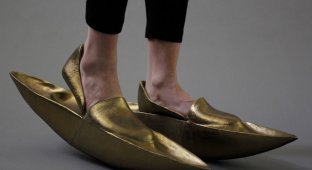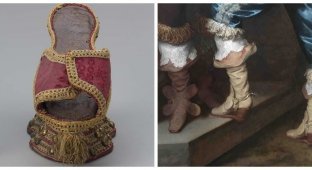16 pairs of ancient shoes that were clearly not created for comfortable walking (17 photos)
Some types of shoes found by archaeologists or researchers are surprising for their unusualness and technique. However, there is one more point that cannot be ignored. They seem incredibly uncomfortable. 
Ancient shoes are an amazing artifact that allow modern people to glimpse the life and culture of civilizations that have long disappeared (or almost disappeared). History can tell how this difficult craft developed and how it was improved. At first, people had to be content with simple wooden sandals or even grass bast shoes, and only then products reminiscent of our modern shoes appeared.
One of the varieties of traditional wooden Asian shoes 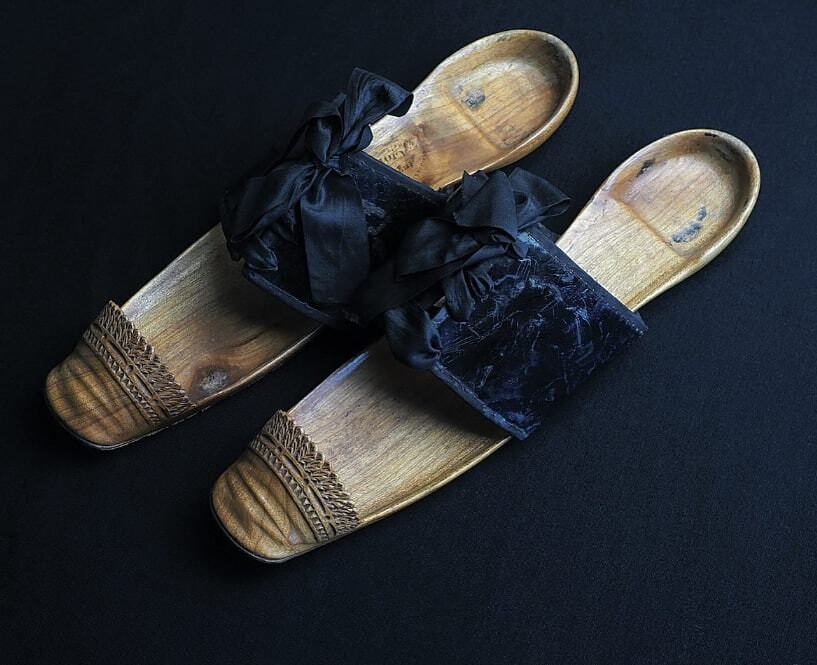
Such shoes were worn by both women and men. But it was the women’s that was distinguished by its design diversity.
Ancient Egyptian sandals that were made around 1479-1425 BC 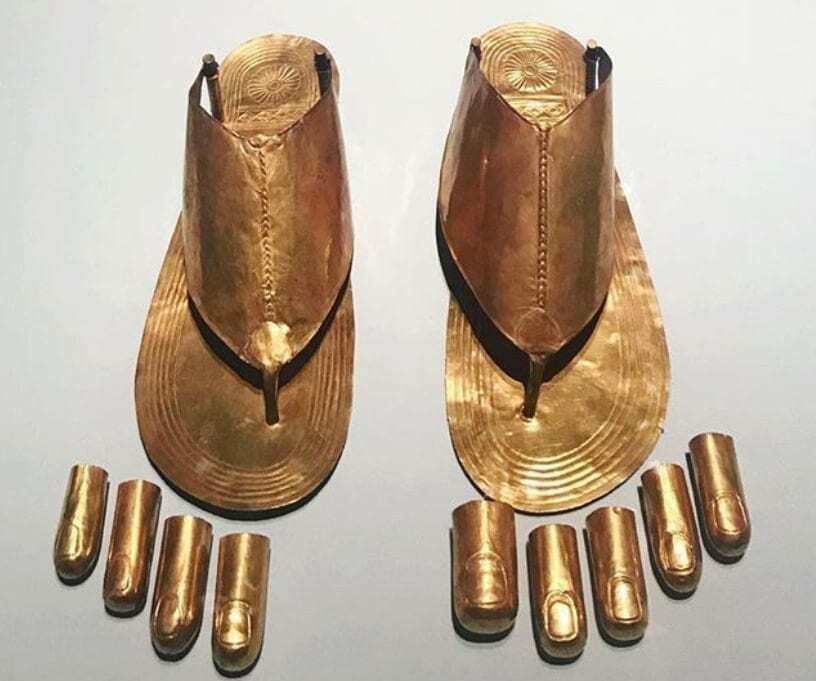
Previously, funeral rites were common in Egypt. It is believed that the golden sandals were intended only for such use. After all, the gold base was quite thin, so it could not withstand wear.
Knight's shoes, 14-17th century 
To call such shoes comfortable is a stretch. However, she had a plus. If necessary, it could be unfastened, which made walking much easier.
Chinese shoes made around 1900 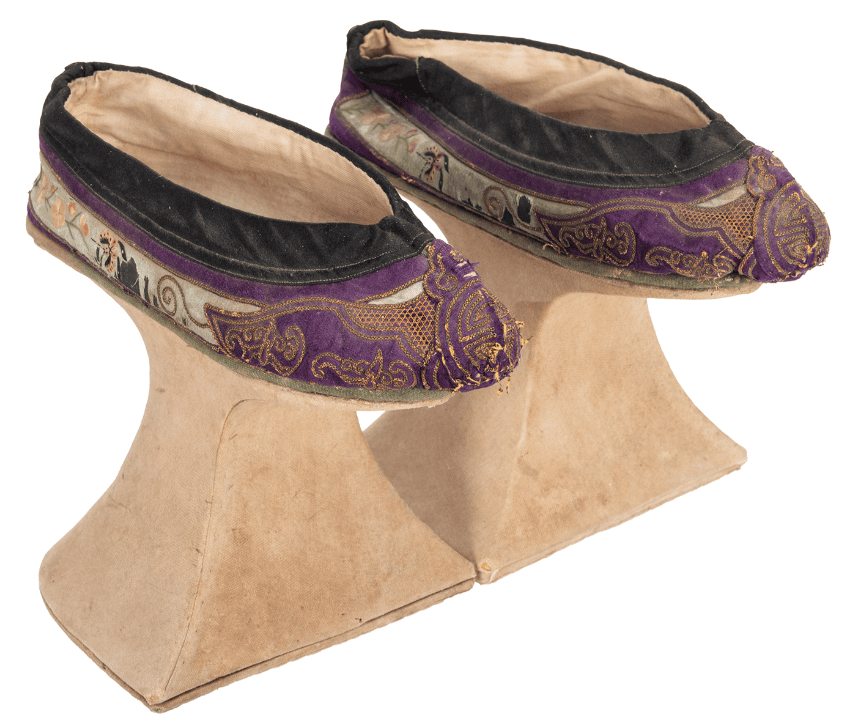
High platform shoes called chopines. They were popular in Europe in the 16th and 17th centuries. The shoes were designed to increase the height of women and protect their feet from dirt.
These are special heavy boots, the soles of which are covered with sharp blades. 
These boots were used in the 19th century for shelling chestnuts. Each shoe weighs 2 kilograms.
Boots of the 17th century were heavy footwear intended for riding and protection from bladed weapons. 
These boots weighed 3-4 kilograms. They had incredibly thick soles and fairly high heels.
Indian ancient paduka shoes 
These shoes are one of the oldest types of Indian shoes. They were worn for many reasons, such as during religious rituals and also during the rainy season to keep the feet clean.
7,000-year-old ancient sandals made from esparto grass 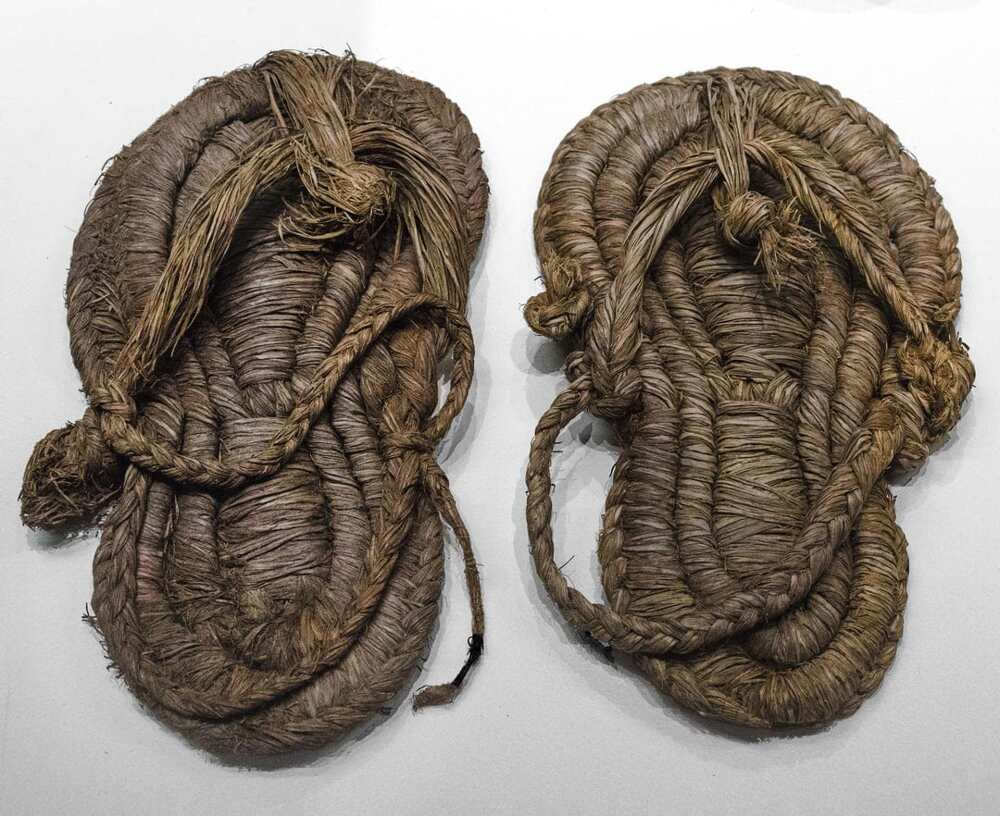
This amazing pair of shoes was discovered in Spain.
German Gothic Sabatons from the 1490s 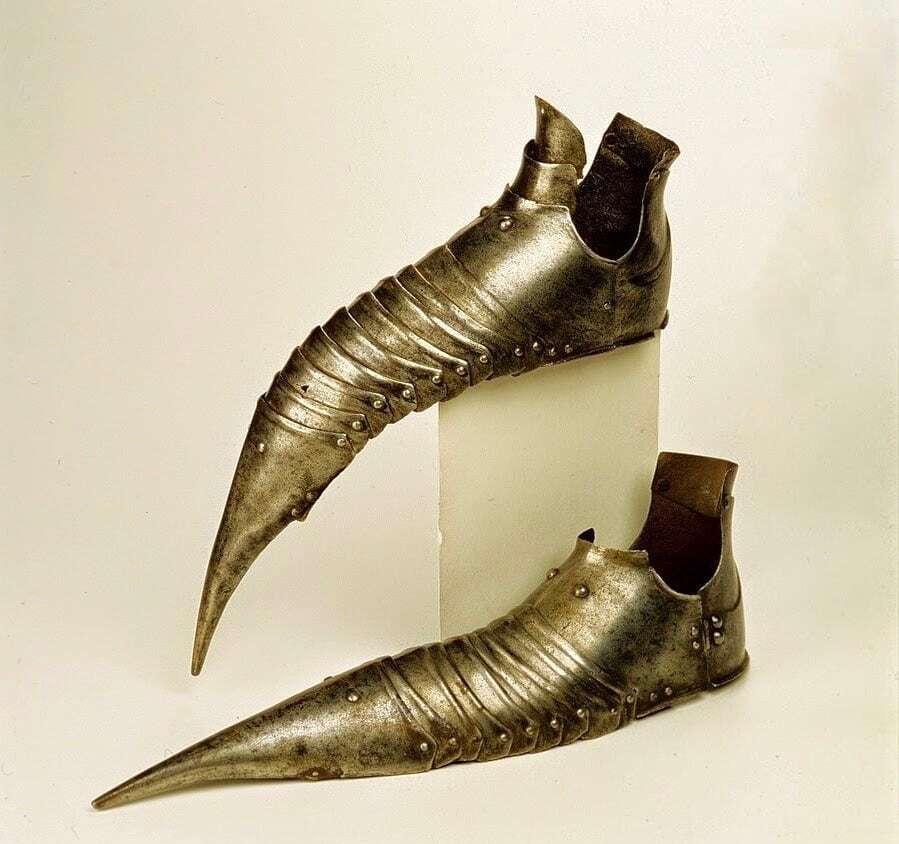
Sabatons were plate boots that were attached to a greave (a piece of armor that protected the lower leg).
Traditional Korean shoes that have a distinctive canoe shape 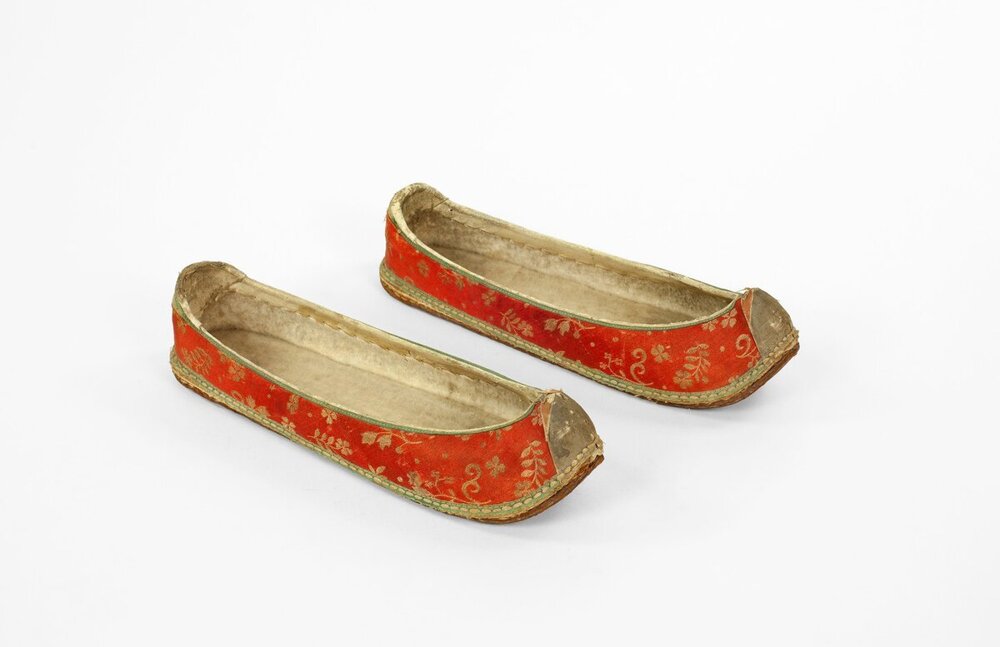
This women's pair of shoes from 1880 is made according to all traditional canons and covered with expensive silk.
Cotton Korean shoes with ties, more like socks 
At the beginning of the 20th century, Korean children wore such shoes until they turned three years old.
English shoes, which were common in Britain and Europe from the Middle Ages to the 19th century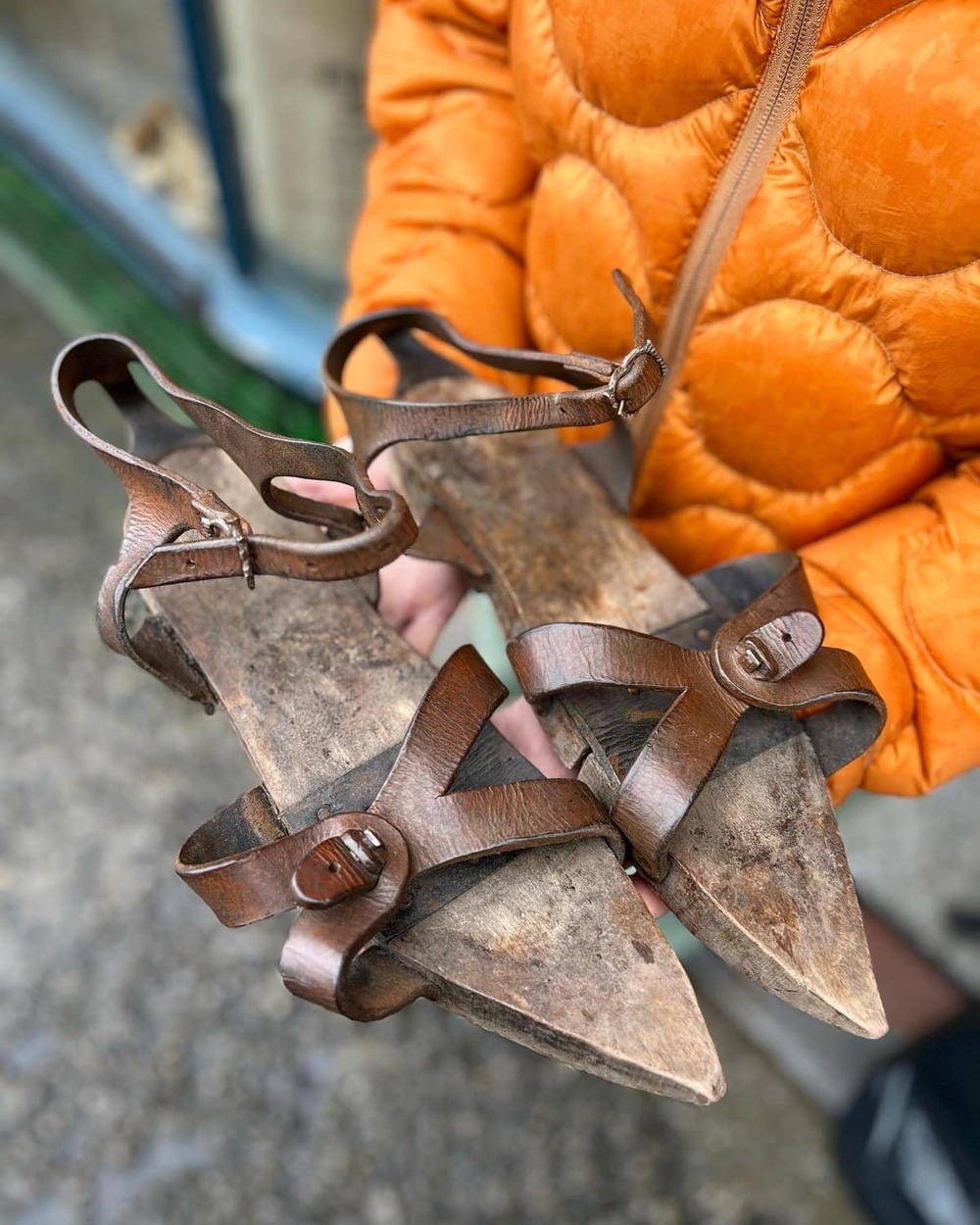
This type of shoe and its variations can be seen in many iconic paintings by famous artists.
A pair of ancient Chinese traditional children's shoes imitating a tiger 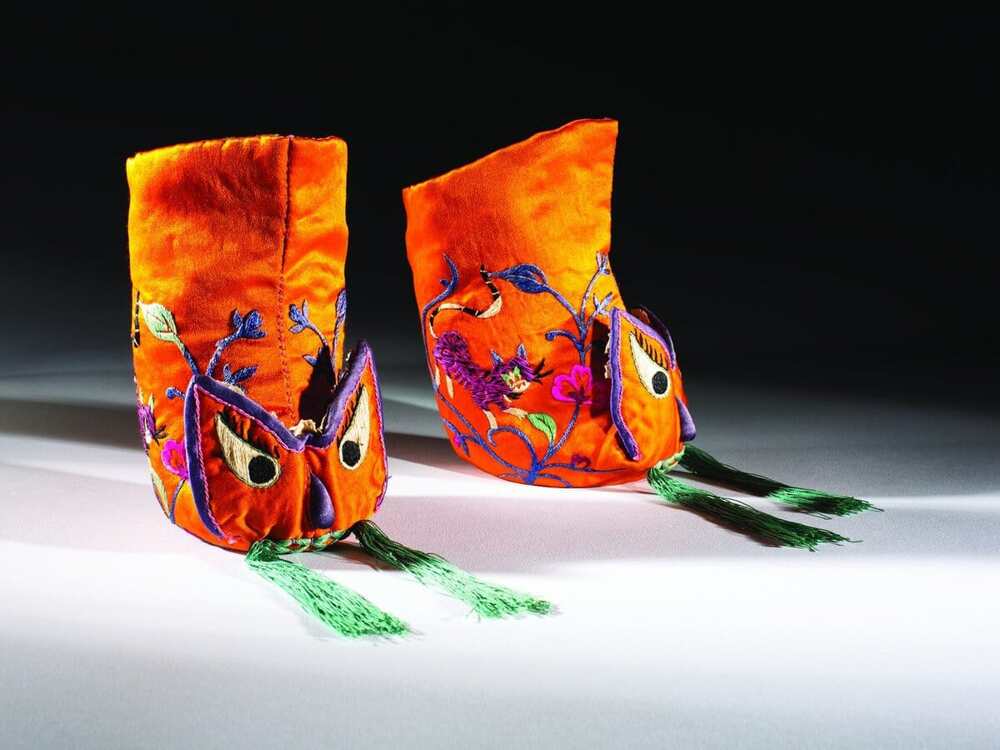
The faces of tigers are depicted in the center. Silk threads imitate a mustache.
Turkish bath sandals 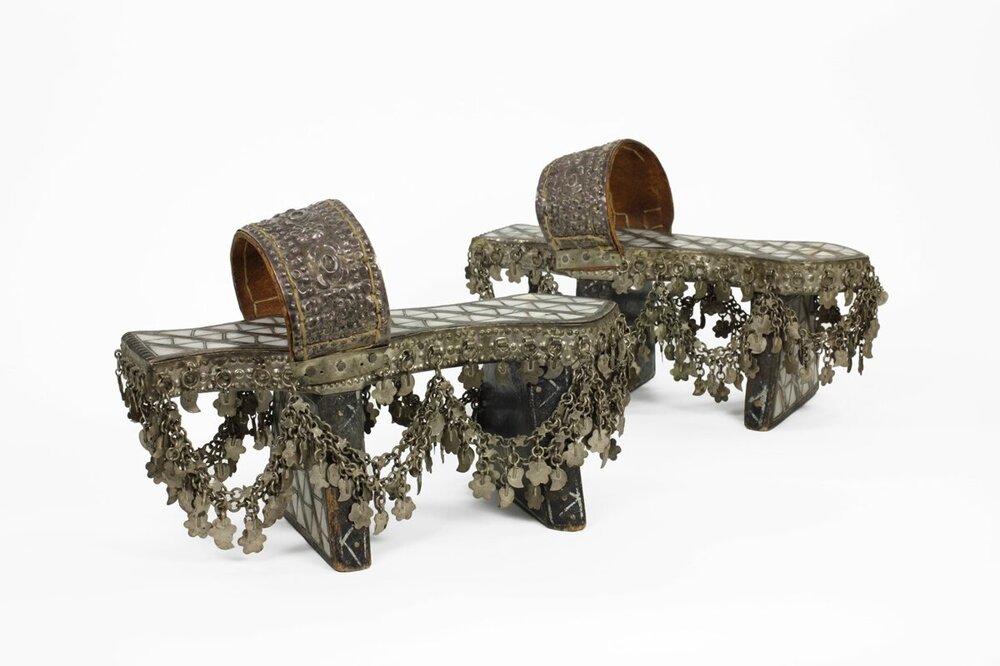
They were worn by women throughout the Ottoman Empire.
Footwear of the peoples of Western Siberia 
To create such shoes, exclusively natural materials were used - deer skin and leather.
17th century Persian boot 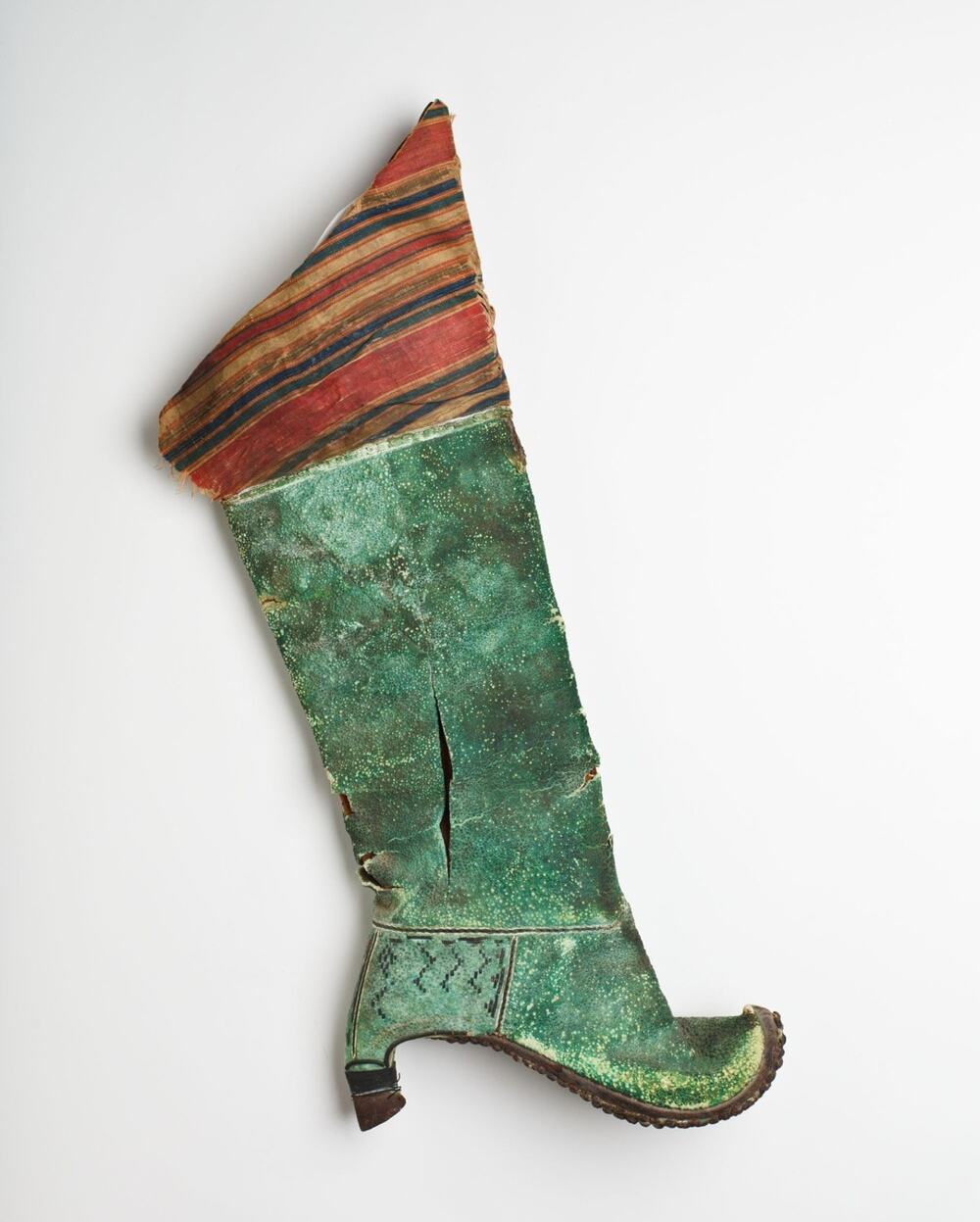
These shoes were used primarily for horse riding. She even has a special heel that helped secure the foot in the stirrup.













